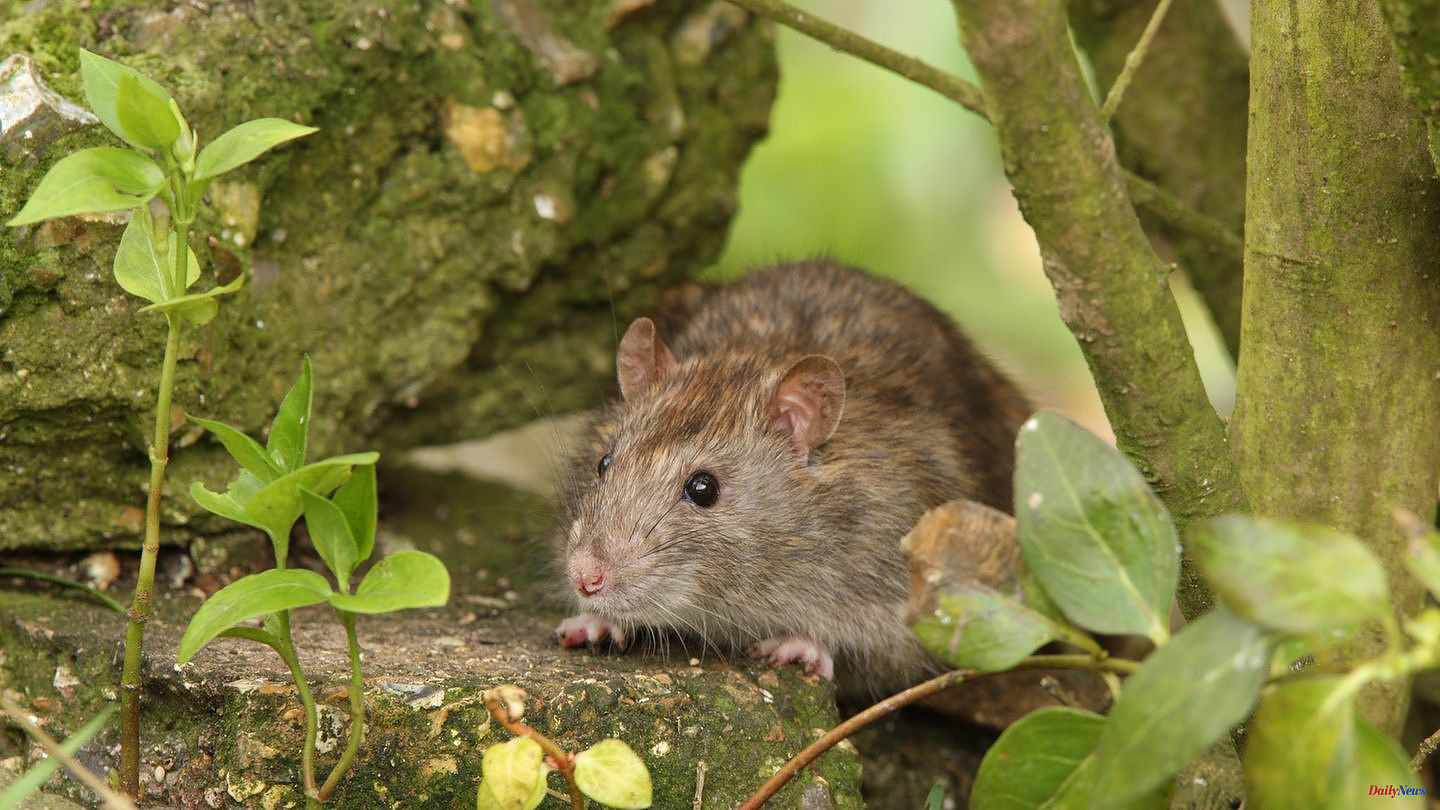In Germany, brown rats live primarily, which prefer underground habitats and are therefore also referred to as sewer rats. Their total population in this country is estimated at up to 350 million animals, which is not exactly small. It is all the more important to fight an infestation quickly - but you do not necessarily have to use poisoned bait, which causes rats (internally) to bleed to death in an extremely painful way. Instead, you can rely on tried and tested home remedies and live traps. To be sure that you are really dealing with an infestation, you should know the most important indicators. What these are and how to drive rats away is discussed below.
At the latest when you see a live (or dead) rat, the finding is clear. However, there are typical signs of an infestation even without sighting the rodents. These include:
Rat droppings: If you discover spindle-shaped balls of droppings in the basement or in the attic, it is very likely rat droppings. Depending on how much droppings you find (a rodent excretes up to 40 balls a day), this indicates several animals.
Smear marks: These are body fat residues, dirt and dust residues that rats leave behind on their routes - on the walls or on the floor. And footprints, i.e. the imprints of their little paws, are a sure sign of their presence.
Ammonia Smell: Over time, once a rat or more nests in your home, they (and their nests) give off an unpleasant odor that is pungent on the nose - this is due to the ammonia that the animals spread everywhere.
Gnawing marks: Whether plastic or aluminum, fabric or mortar - rats are omnivores and will therefore nibble on everything that comes their way. If you spot the bite marks, recognizable by two parallel grooves through their sharp incisors, you probably have an active infestation.
Rats do not stray into your home without a reason, but always follow their nose, which alerts them to fresh food. This is often leftover food that has already been thrown away. For this reason, you should always dispose of your waste carefully and always make sure that your garbage bags and bins are closed tightly. And that's not all - these food sources also magically attract rats: animal food not only tastes good to your dogs or cats, but also to rodents. When storing (especially in the basement), make sure that all animal-based foods are laid out in tightly lockable boxes. The same applies to your stored fruit and vegetable supplies, which rats like to attack. In addition, compost heaps are literally a feast for rodents - to protect them from rats, they should always be well covered. Tightly closable containers made of metal are even better (plastic and wood are gnawed on).
If you have discovered the first signs of a rat infestation, you can use tried and tested home remedies that are said to be effective against the animals. The best known include:
As mentioned at the beginning, rats face an agonizing death if they swallow poison bait. That being said, the ingredients can harm not only the rodents, but also dogs and cats — or even toddlers who accidentally swallow the bait. In addition, rats are very intelligent and can recognize the connection between a poisonous bite and a dead member who died from it. This will help them resist temptation and avoid the bait that is laid out. Unfortunately, the same also applies to live traps: after a short time, the animals understand what the cages are good for and no longer grope in. Of course, it's still worth a try and always better than a poison bait.
You can take preventive measures to prevent rodents from making themselves at home in your basement, in your attic or in less-used rooms:
This article contains so-called affiliate links. There is more information here.












